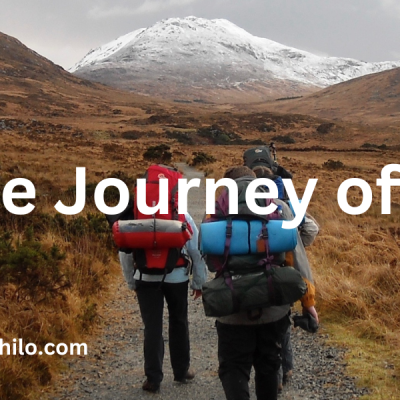An introduction.
Myanmar, also known as Burma, is a land where ancient pagodas stand alongside bustling markets and peaceful villages tell stories of resilience. As I think about my journey through this country, I am reminded of the variety of experiences that unfolded before me. From sunrise views in Bagan to warm-hearted locals, Myanmar etched its mark on my soul. I invite you to join me on this voyage of discovery.
1. Bagan: A land of a thousand pagodas. Sunrise Magic – Sunrise Magic Bagan, the land of a thousand pagodas, spells me. Standing on a building, I saw the sun turn golden and paint the sky. Hundreds of old pagodas appeared out of the mist, with their tall roofs that seemed to go on forever. It was a very beautiful moment when earth and sky came together. Spiritual Tradition Bagan’s archaeological site, a UNESCO World Heritage treasure, has over 2,000 temples dating back to the 11th century. Each temple tells stories about devotion, kings, and monks who shaped Myanmar’s spiritual fabric. As I looked at their intricate carvings and climbed their narrow staircase, I felt connected to centuries past.
2. Inle Lake is where time stands still. Leg-Rowing Fish men. Inlet Lake is a symphony of tranquility. Here, fishermen balance on one leg and move their wooden boats with rhythmic strokes. Their nets dance on the water and catch what was caught that day. It’s a picture from the past that shows the importance of tradition and perseverance. Gardens that move on the water. The gardens on the lake are floating and don’t stick to the ground. On woven beds of water hyacinths, rows of tomatoes, cucumbers, and flowers grow. As I walked through these green spots, I was amazed at how people can come up with new ideas. Inle Lake shows us that life can thrive in the most unlikely places.
3. Yangon: Beautiful buildings from the past and beautiful pagodas. The Shwedagon Pagode. Yangon, the economic capital, has a mix of colonial-era architecture and modern high-rises. The Shwedagon Pagoda is a gilded marvel that pierces the sky. As I walked around its base, I felt the sound of prayer, the smell of incense, and the feeling of devotion. The pagoda’s golden spire seemed to touch God. A festival of street food. Myanmar’s food was shown on the busy streets of Yangon. Mohinga, a soup made with fish, warmed my soul. Shan noodles danced on my taste buds, and Tea Leaf Salad was a delicious crunch. Street vendors showed me delicious foods that were not only local but also from other countries.
4. Challenges and responsibilities. Transitions in government. Myanmar’s journey has been difficult. Political transitions have changed its path, leaving scars and hope at the same time. When we travel, it’s important to be sensitive and understand how a country is changing. Helping others Myanmar is beautiful, but many people who are not included in its society are still struggling. We need to acknowledge the struggle for ethnic rights, displacement, and poverty. Responsible travel requires empathy and a commitment to making a positive difference.
Conclusion:
Feeling grateful when you leave. When I leave Yangon, I remember he sunrise over Bagan, the serenity of Inle Lake, and the golden glow of Shwedagon. Myanmar’s people welcomed me into their homes, told me their stories, and showed me how to stay strong. When I think about this trip, I feel grateful for everything, good, bad, and ugly. Myanmar, with its contradictions and grace, has made a mark on my traveler’s heart.
It was nice travelling to Myanmar even though i didn’t travel around the country as i want but my experience in Yangon with the local people was really interesting, The people are really nice to me they treat us with respect and many want to talk with us , and even at airport many police and immigration took pictures with us i feel really good no problem for us in Myanmar.
thank for always for reading and comment.



